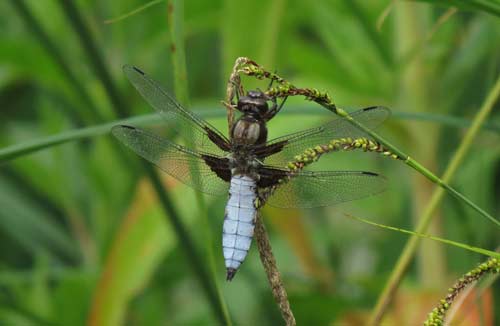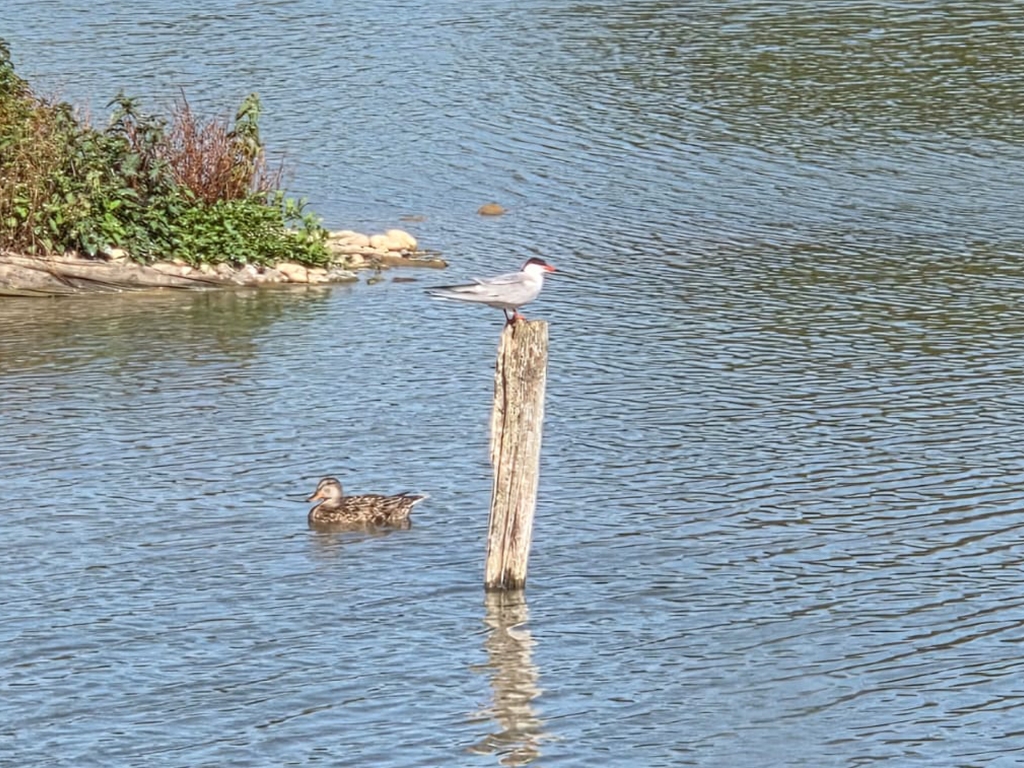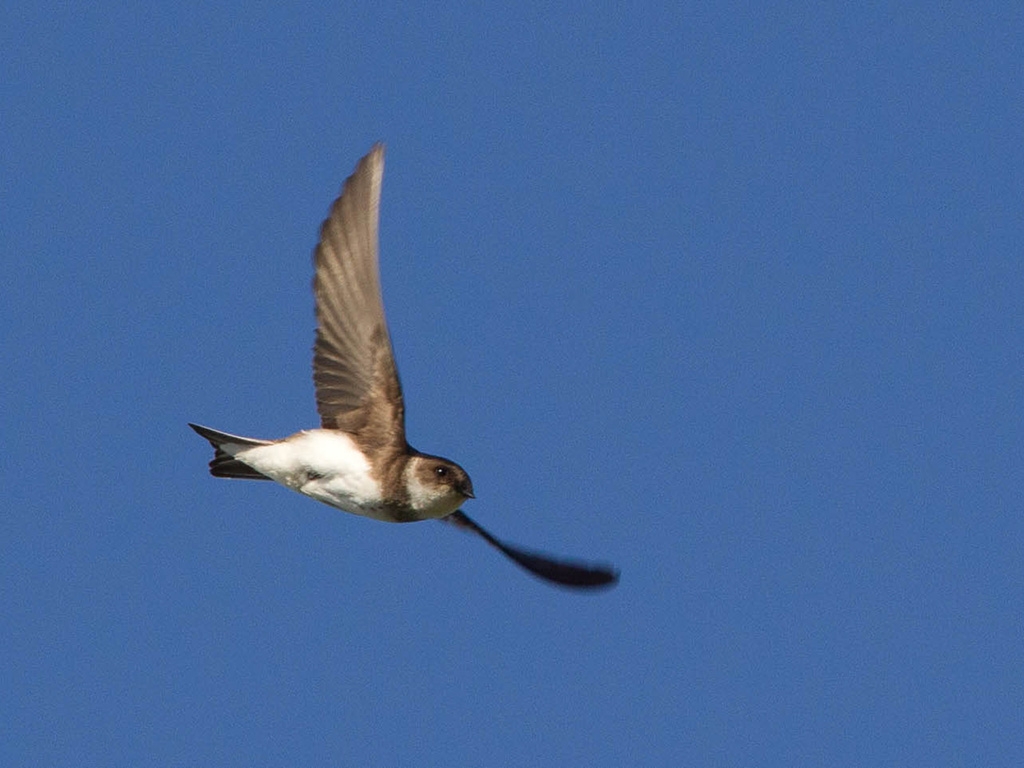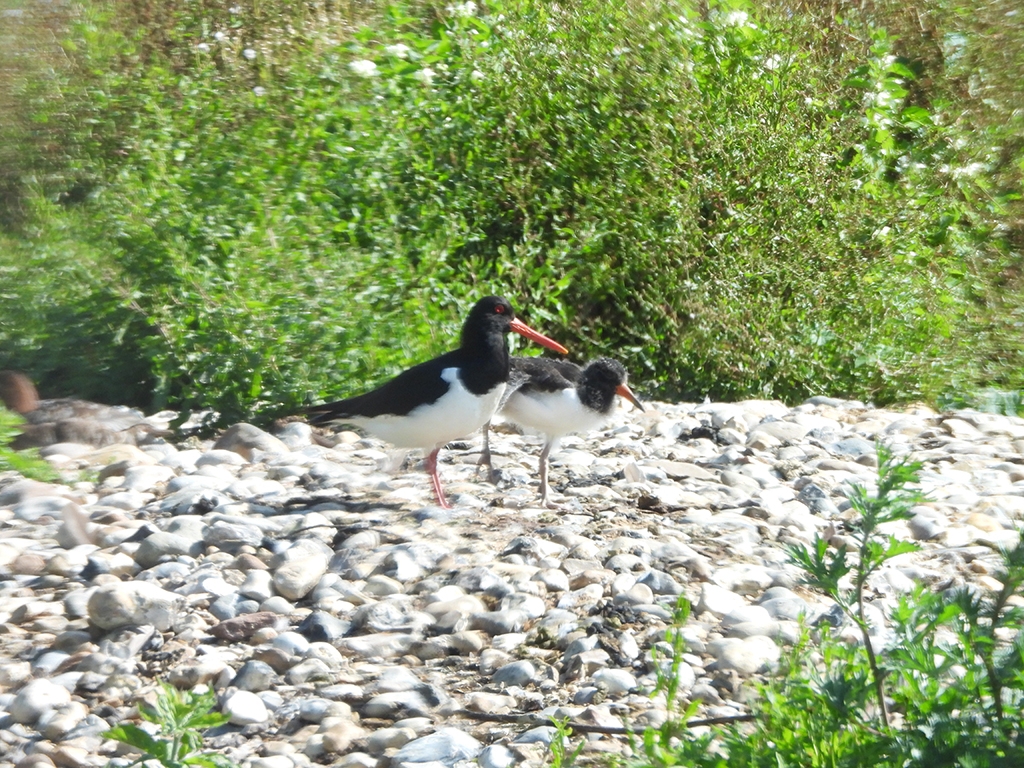Wild orchids, sand martins & tufted ducklings


On Monday morning I spotted three sand martins inspecting the nesting holes in the artificial sand banks of the Sand Martin hide. This is the third sighting of sand martins checking out the hide in the past three weeks. Seeing sand martins at Arundel Wetland Centre is only unusual now because it is June. We see the sand martins move through the reserve in early April on their return migration from Africa. We have large numbers visit again in late August and early September mixed with swallows and house martins, all moving south for the winter. The sand martins we are seeing now could be late spring arrivals or youngsters from nearby colonies looking for nesting spots. I will close the hide to human visitors for a few weeks so the sand martins can explore the nesting bank undisturbed.
There has been a boom in the duckling population at Arundel this week. Tufted ducklings have been hatching out and mallards are escorting their second clutches of youngsters around the reserve. The seven shelduck ducklings at the Scrape hide are now a few weeks old and getting large enough to ensure their survival. Another clutch of shelduck ducklings have hatched as well. From the Ramsar hide last Saturday our WWT guides spotted two tiny lapwing chicks on the wet grassland. This is good news as these will be from a second clutches after many of the earlier chicks were lost to predators.
There are plenty of black-headed gull chicks on the islands from the Sand Martin hide, a few near Scrape Hide and on the Arun Riverlife lagoon. I put a tern raft out at the Sand Martin hide thinking the gulls had made all their nests but the raft was immediately commandeered by a pair of black-headed gulls.
Its wild orchid week on the reserve. The Meadow Maze reopens this week and the field is dotted with marsh orchids and common spotted orchids. We have seen bee orchids and pyramidal orchids in other parts of the site that are not open to the public. Greater birds foot trefoil and black knapweed are is flowering now. The meadows are dominated this week by the giant ox-eye daises nodding in the breeze.



